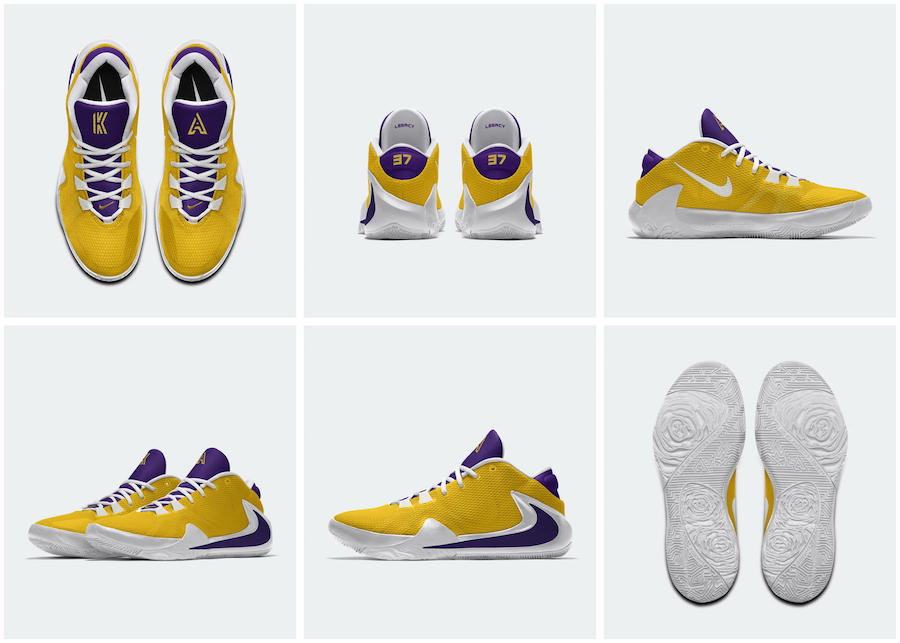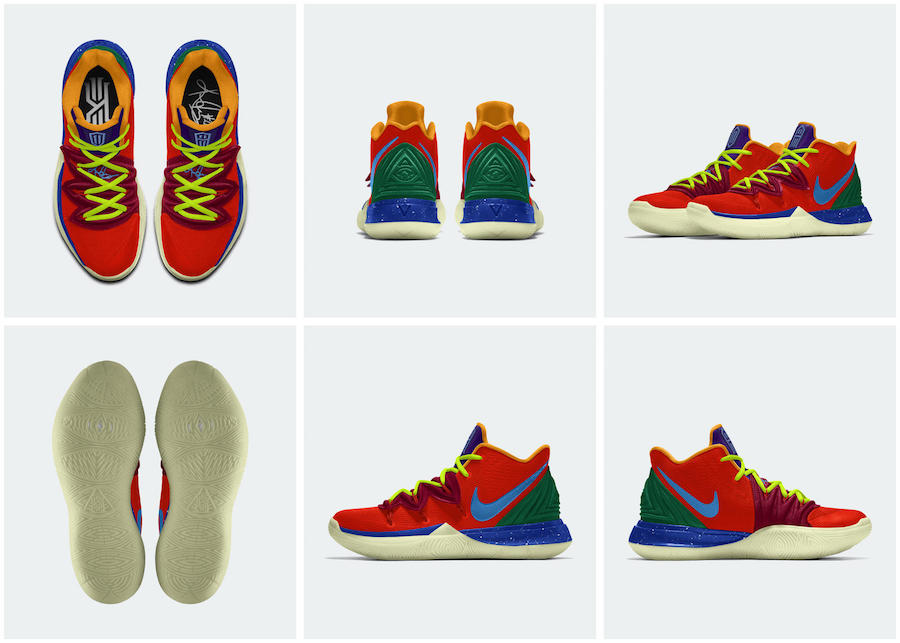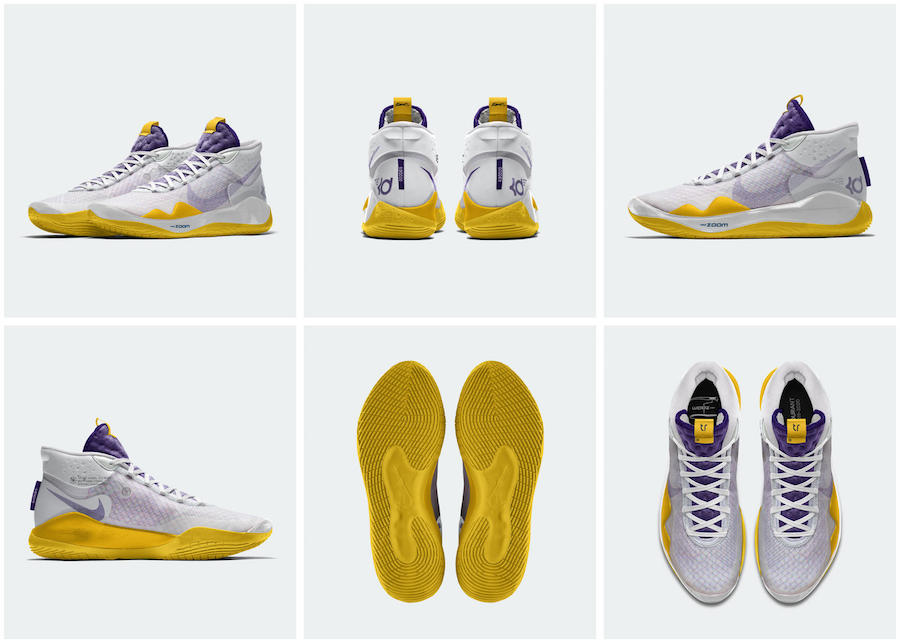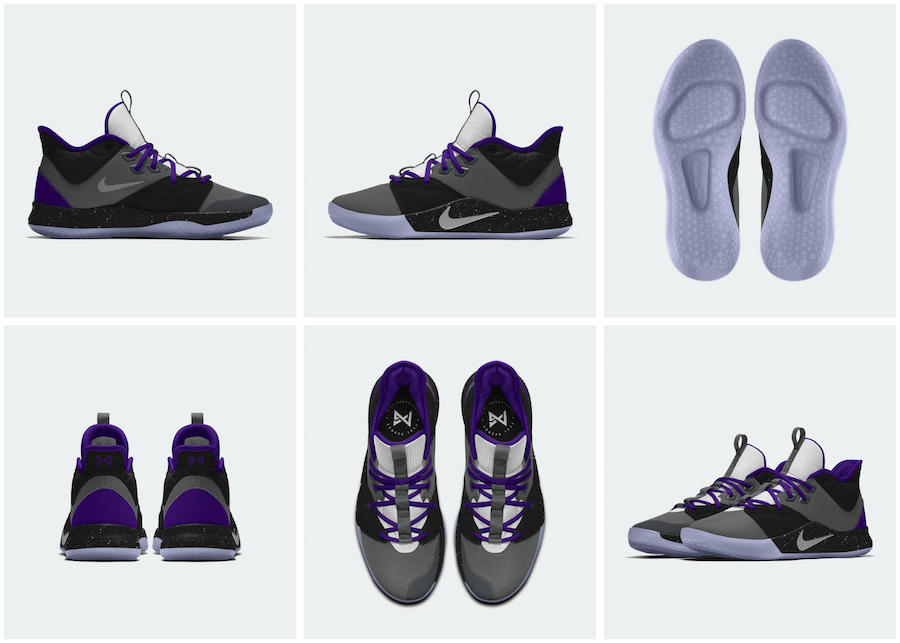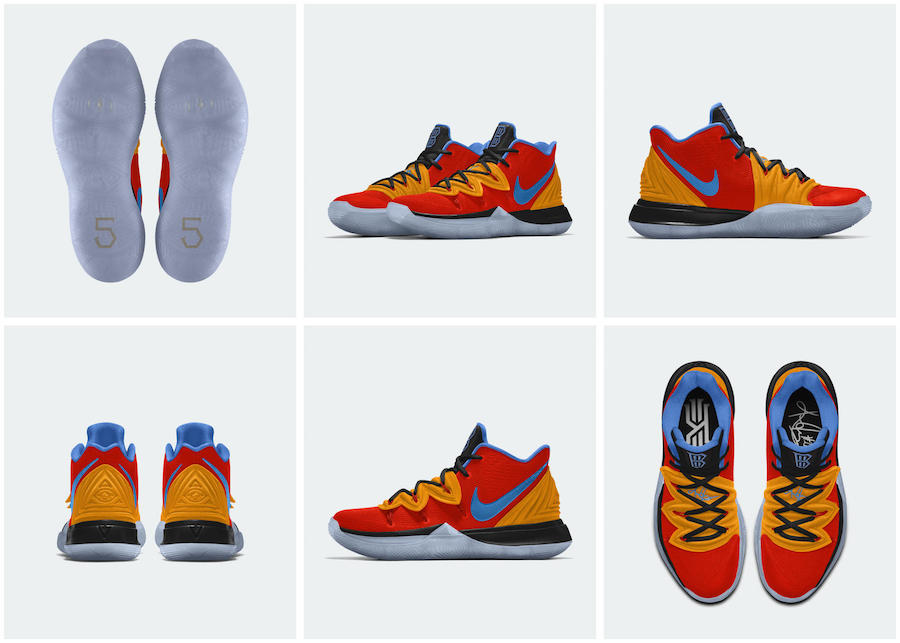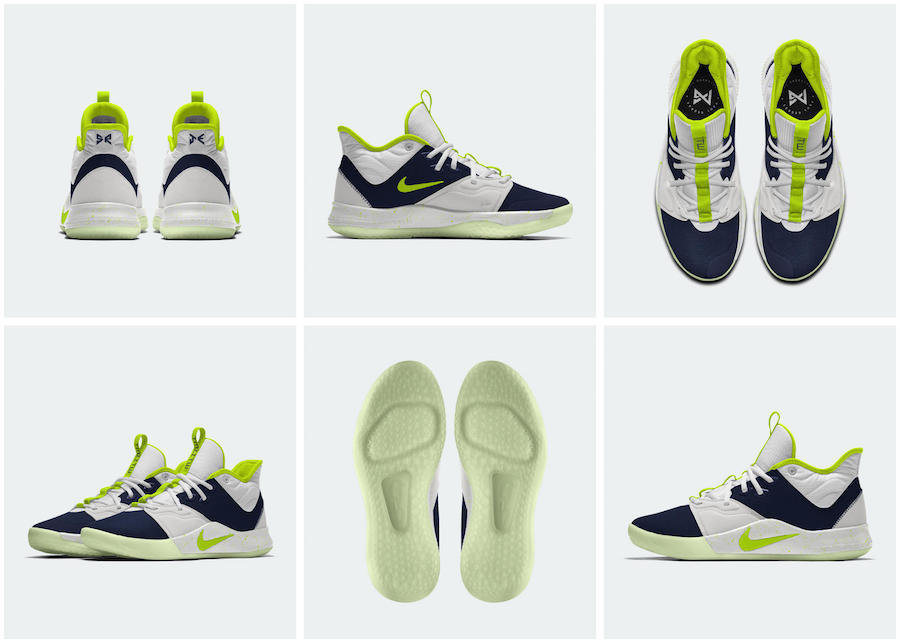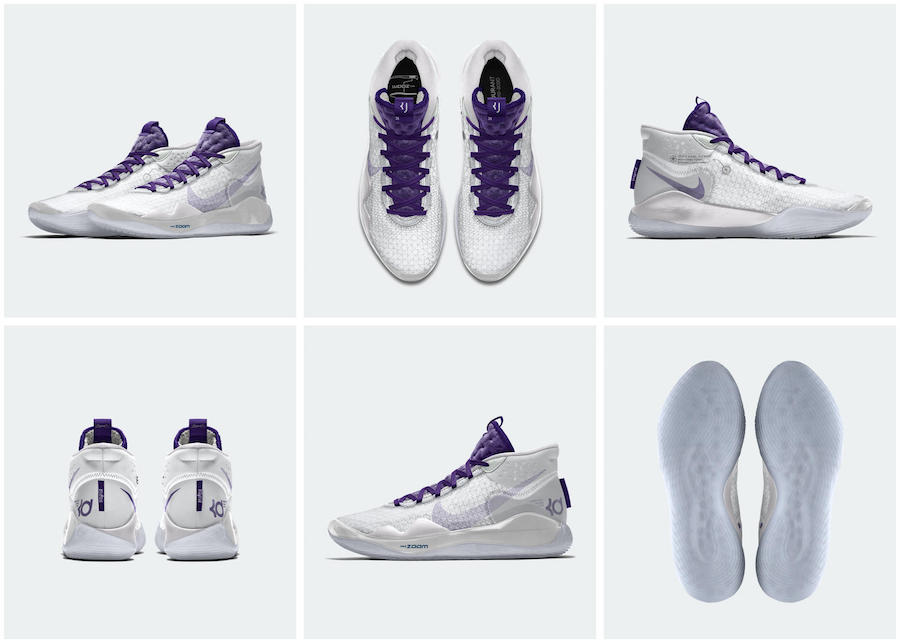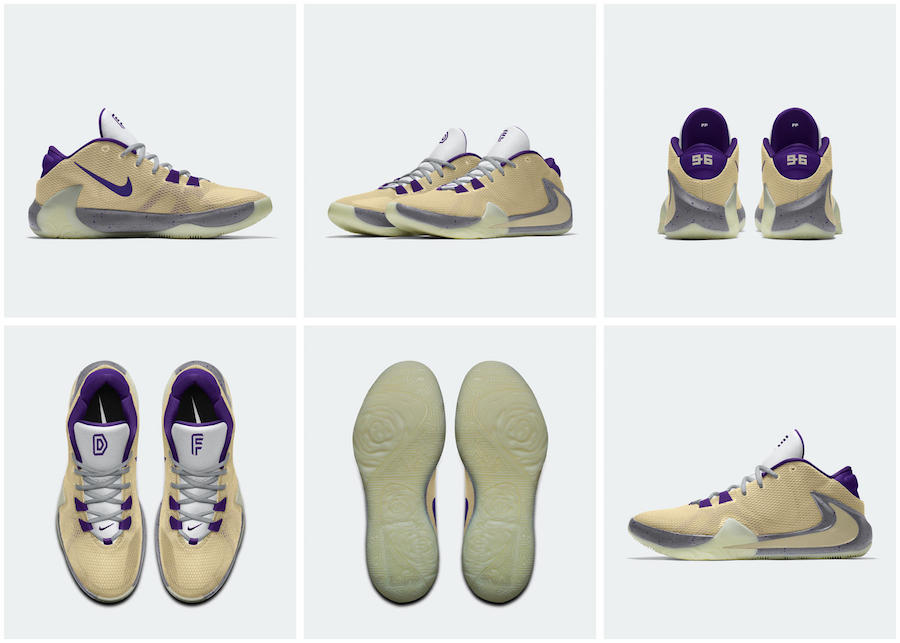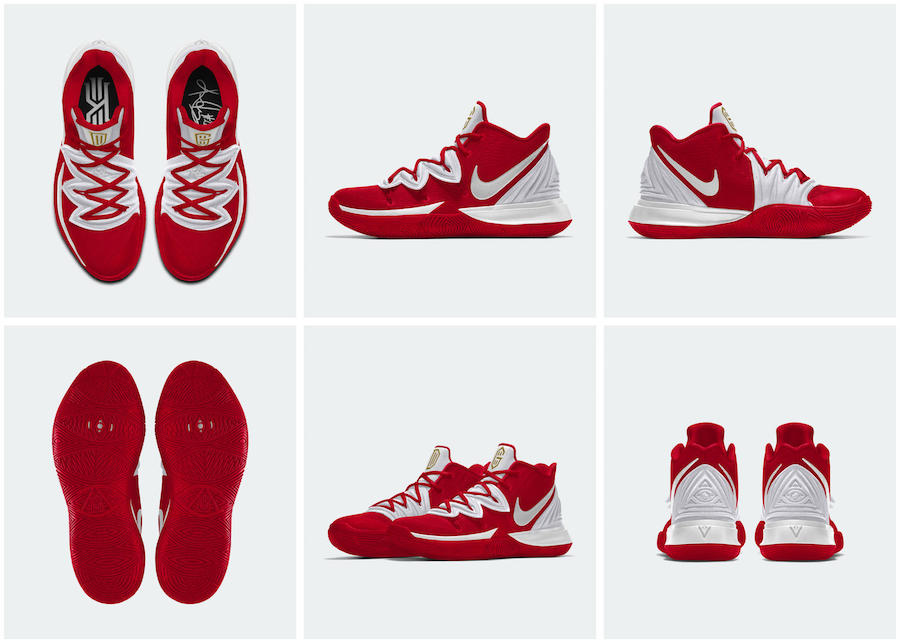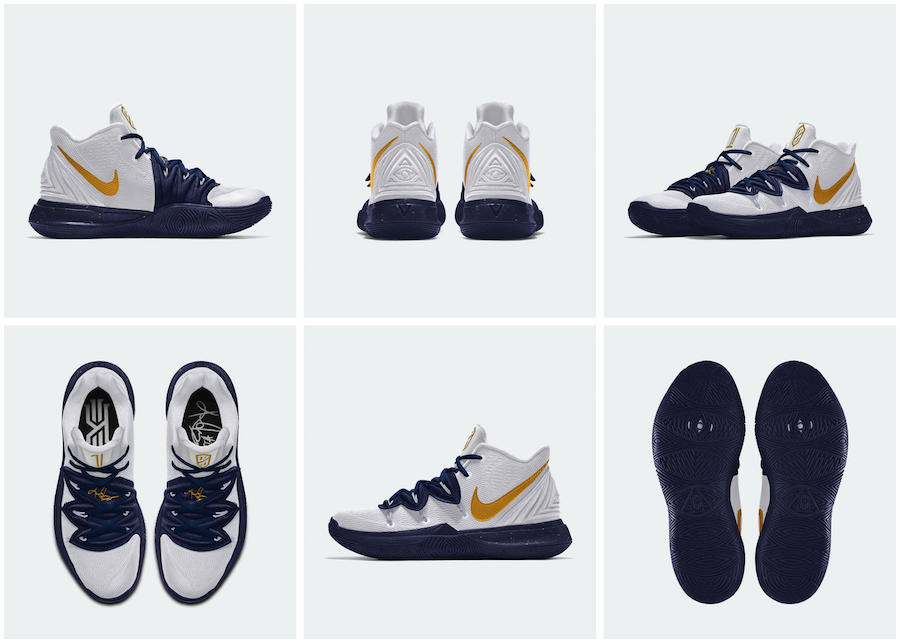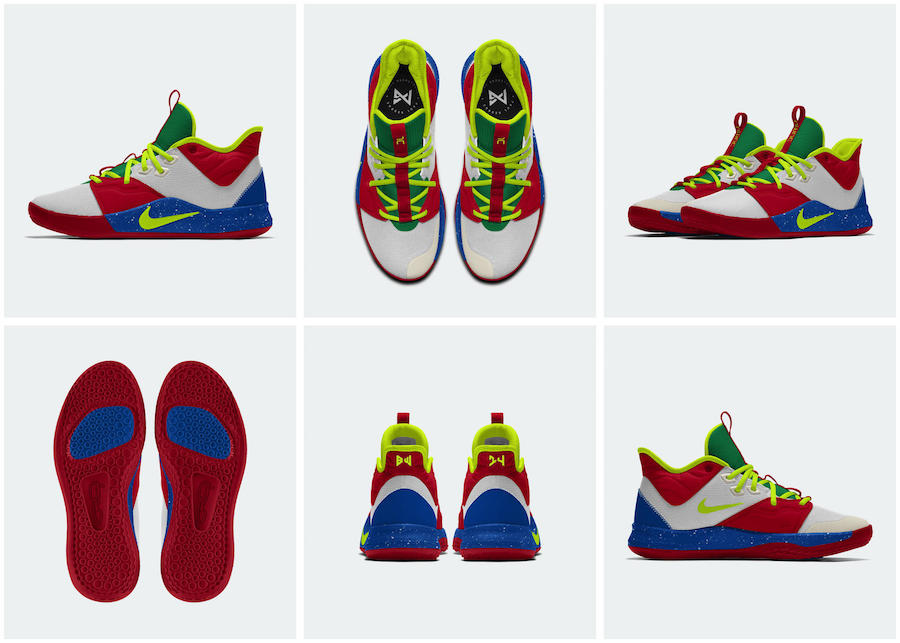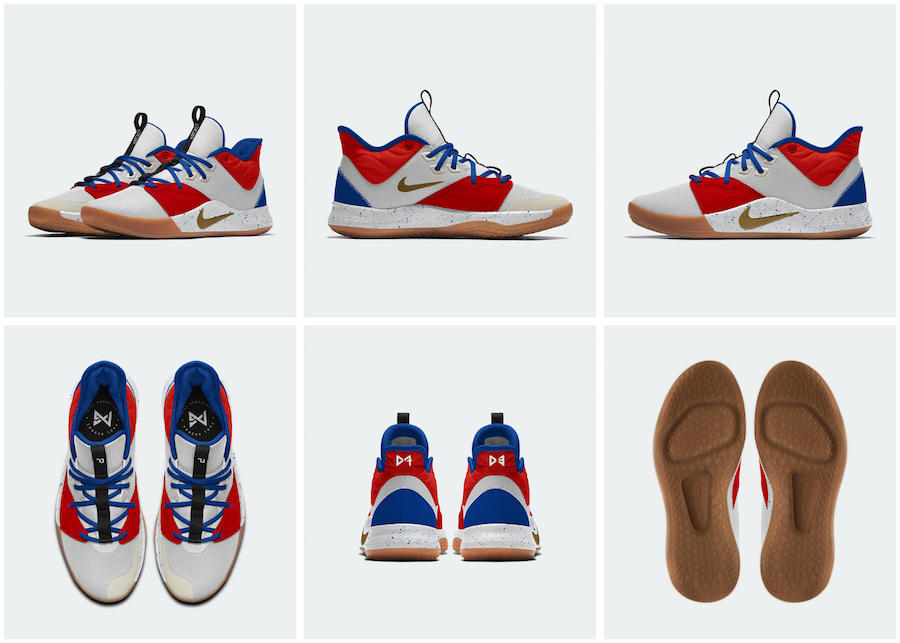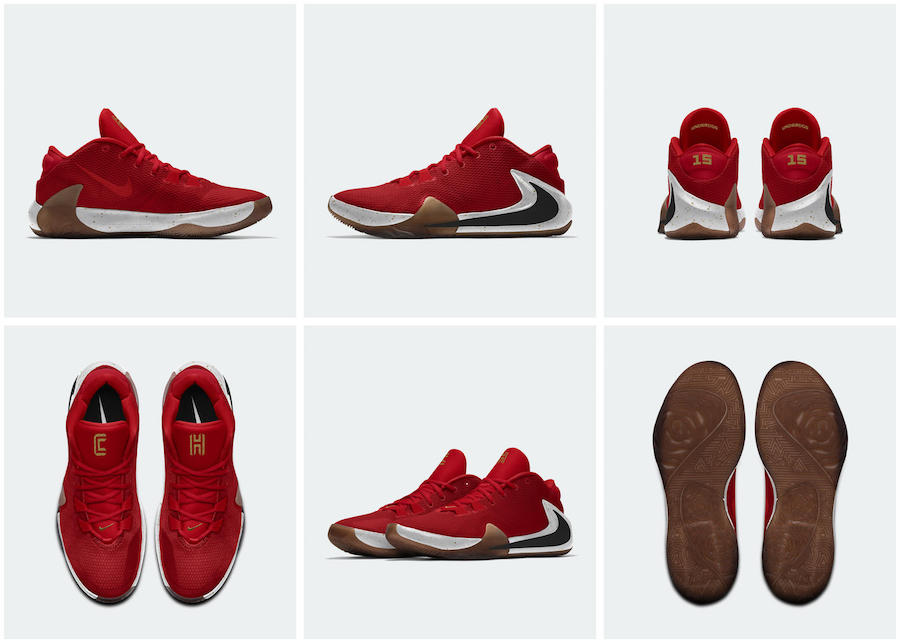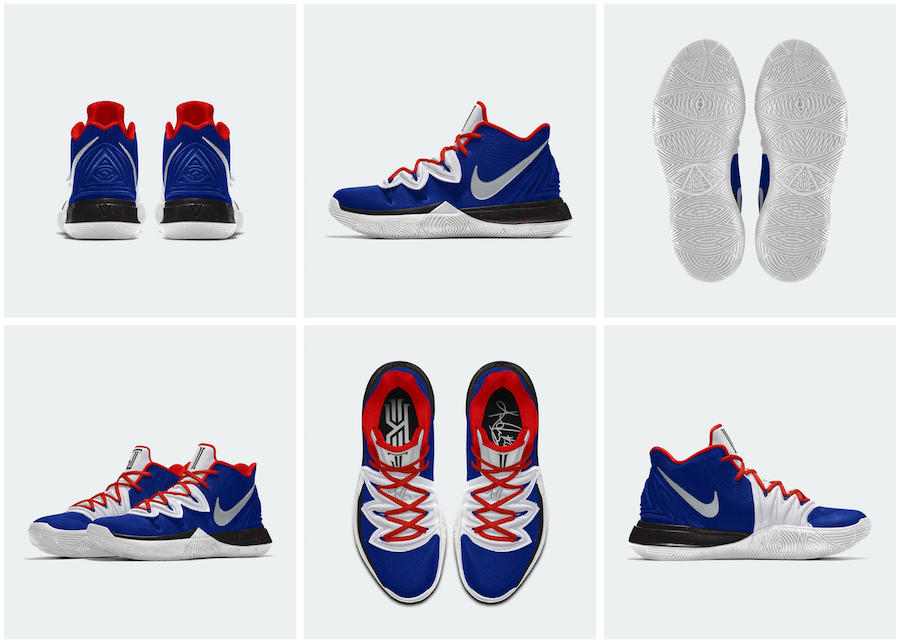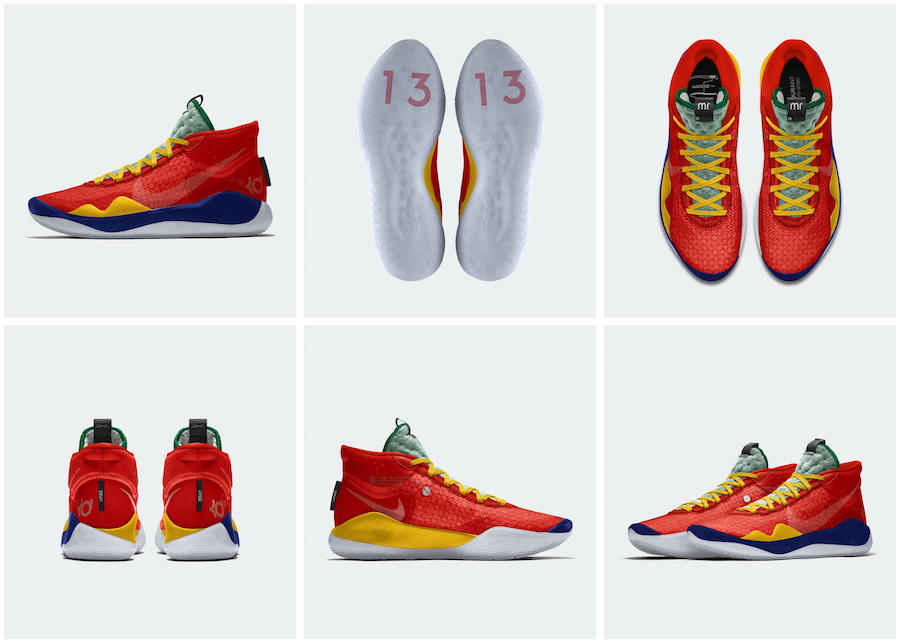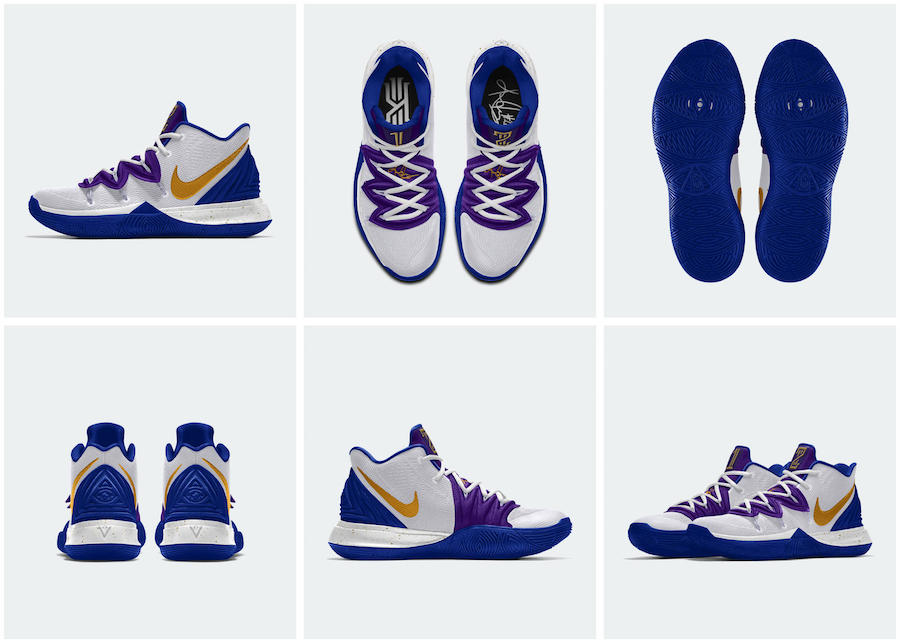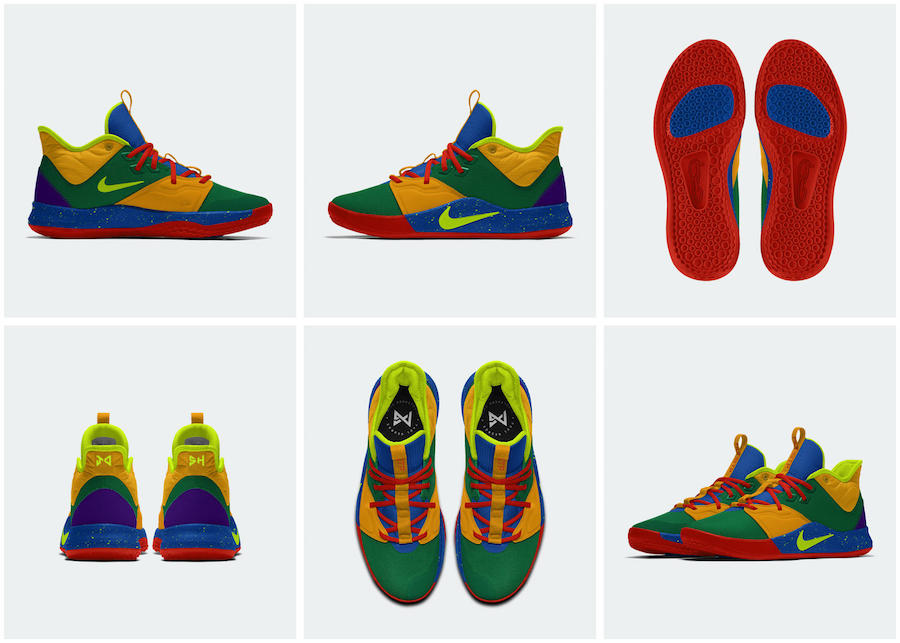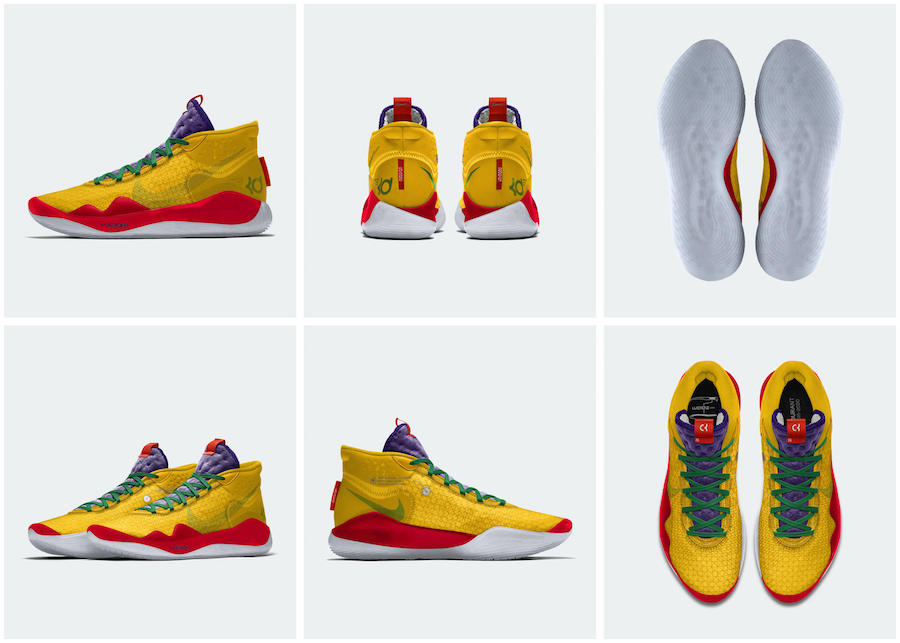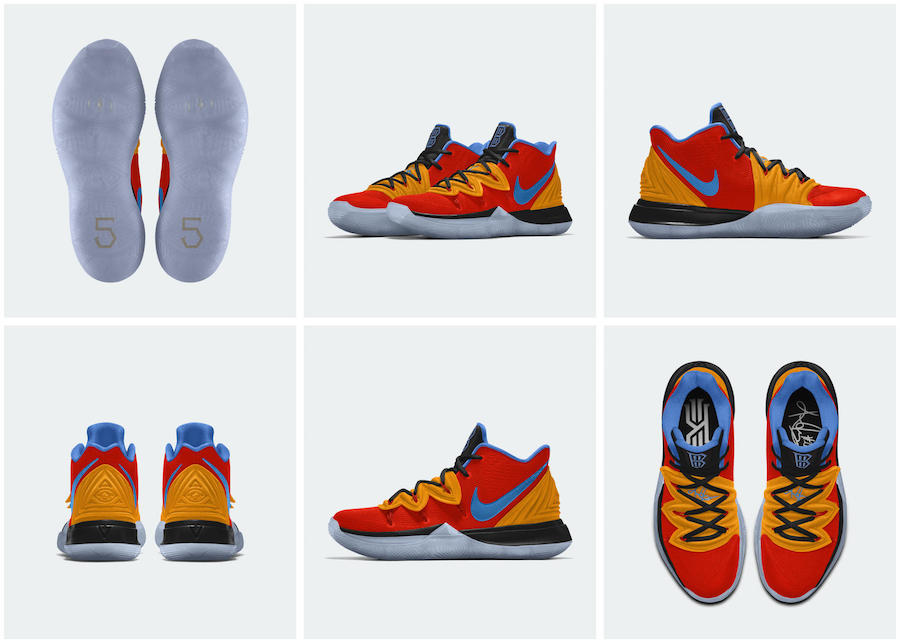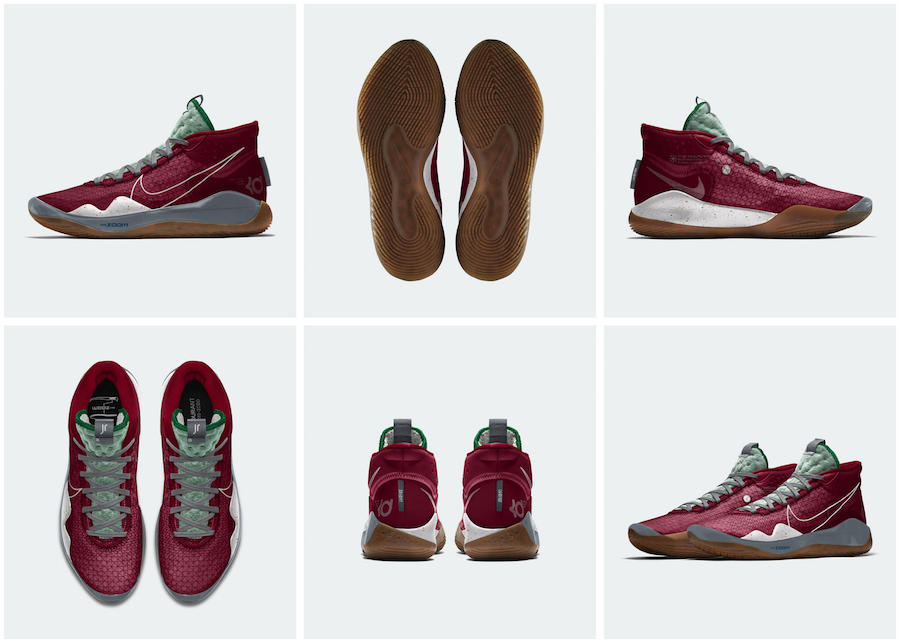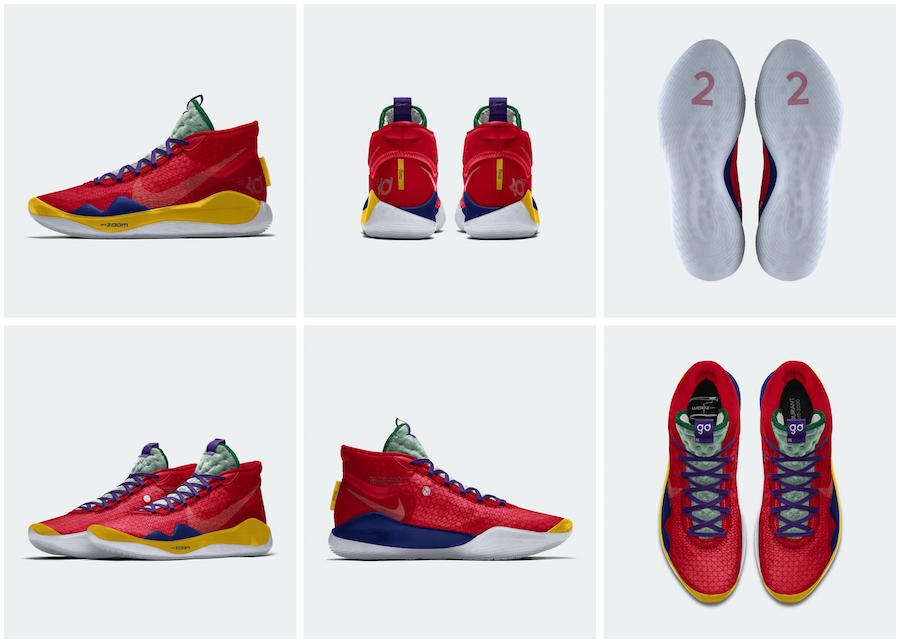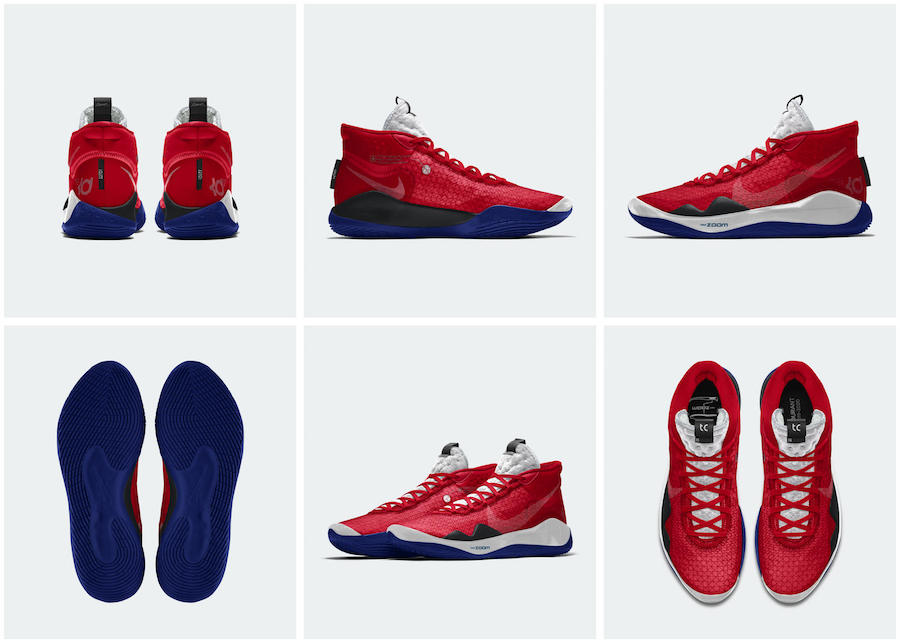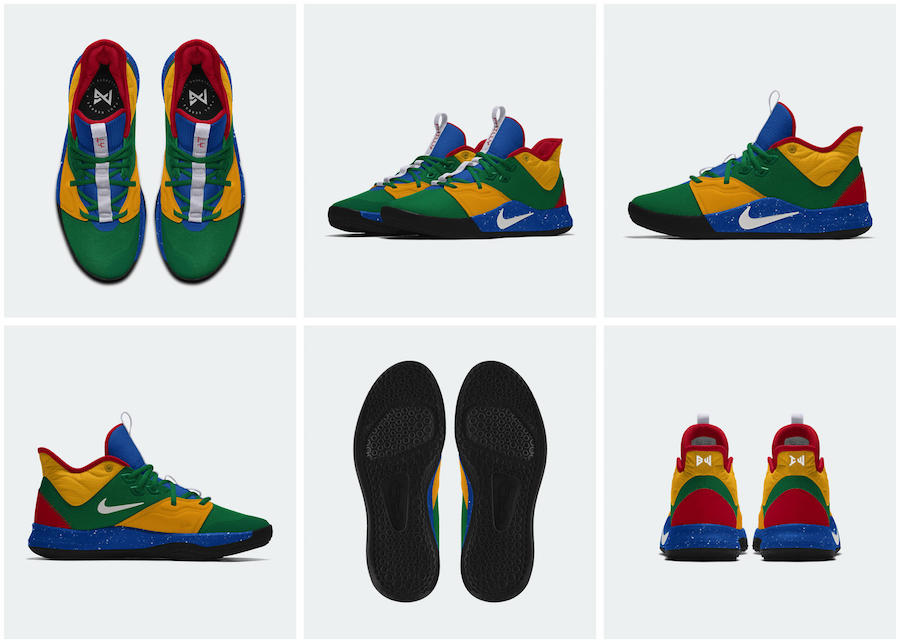My Hoka Bondi 6 performance review starts as soon as I finish measuring my height while wearing them. Looks like I just got a lot taller!
If you’ve visited a running specific store in the last five years you already know about Hoka One One. Even if you’ve never worn a pair, you’ve definitely seen them. I’ve spent the majority of 2019 logging miles alongside many runners clad in Hoka’s beefy shoes. And then recently, fellow WearTester Eric did a full performance review on the Hoka Arahi 3. After that, I decided it was my turn to try a pair. Now, almost 100 miles later, here are my thoughts on the Hoka Bondi 6.
Starting from the ground up, lets talk traction. In my opinion, they did a great job balancing out the rubber to no rubber ratio. Some companies strip away as much rubber as possible to lighten the shoe up. Nike, I’m looking at you with the Epic React Flyknit 2. Other companies will use a softer rubber to cover the majority of the outsole that unfortunately gets chewed up by the constant wear and tear of the streets, for example the Under Armour HOVR Infinite. The Bondi 6 kept all the rubber you need, in all the right places AND it’s super durable. I can easily see it lasting another 200 miles out on the road.
I’m not going to lie. I was expecting a marshmallow like feel upon pulling these guys on. I mean come on. Look at that midsole! I gain an instant 2 inches in height every time I lace them up. But marshmallowy is NOT the word I’d use to describe them. They don’t squish underfoot. They’re consistent and super smooth. Those are excellent words for the way the cushion feels. No matter what I ran across, whether it was a sandy path, cracked pavement, random rocks, fruit pits (lots of cherry and plum trees to deal with around here), I felt like the EVA midsole was leveling everything out for me. It was as if I had my own mini shock system buffering the world beneath my feet. My furthest run in them was 15 miles and I had fresh legs the next day. I can’t say that about every shoe.
They have support well-covered. The air jordan 34 is just as wide as it is tall. You have a good, wide base in the forefoot, and then you are also cupped inside the midsole. And to top all that off, there’s a sturdy, yet nicely padded, heel cup. The padding actually wraps all the way around your ankle to the top eyelet. I felt locked into place without any part of the collar digging into my skin.
There is something to be said about good, old fashioned engineered mesh. It might not be pretty, but it works! It’s light. It’s airy. When the wind blows in any direction your toes get to enjoy it too. These shoes don’t lack ventilation. The tongue and ankle area get moist, but they’re lycra and padded, so it’s what I was expecting. Your sweat has to go somewhere.
Story time! After a fabulous lunch (EDITOR’S NOTE: This is without a doubt the first time anyone has ever said that on WearTesters. SIGH), I went to see what kind of Hoka I could scoop up at my local Fleet Feet. If you’ve ever been to a good running shop, you know they’re all about letting you test the shoes on an actual run prior to purchase. It was almost 100 degrees out. Also, I had a full taco plate in my stomach. So I passed on the test run. Instead, I made my purchase and went on my merry way. The next morning, I had 4 miles scheduled. It was not a great run. My feet felt so squished after mile 2. I didn’t understand why so many runners were such fans of the brand. It was not a great first experience. But we don’t do reviews after one trial. So the next day I pull the shoes back on and I am desperately trying to stretch out the upper. I’m basically trying to make space for my wide feet. While cramming my fingers down into my right shoe my fingers slipped under the insole and what do I find? Another insole! And not just a regular insole, a super fluffy one from another shoe brand. Someone had apparently tried on my shoes prior to me, maybe done a test run, threw in a second insole, and then decided the shoes were not for them. Let me tell you, once that extra insole was removed. it was like night and day. The fit went from very uncomfortable as my feet expanded during a run to me never even noticing my feet were expanding. It’s phenomenal. And I learned a valuable lesson. If you’re purchasing your shoes in a store, inspect them! Chris always talks about taking the time to inspect the retros he picks up for quality control and I got a little kick in the butt for not doing so myself.
The Hoka Bondi 6 is super reliable. It’s not quick or flashy. It’s kind of like your mom’s minivan. It gets the job done comfortably. I’ve been done testing them for a good 2 weeks now and I still find myself grabbing them for my short and long runs. If you’ve been on the fence about trying Hoka out, I say you do one of two things. 1) Grab a pair from Hoka directly. They offer you a 30 day trial period with free shipping and returns or 2) go talk to your local running store. Like I said, places like Fleet Feet want you to hit the trail and do some test miles prior to making a purchase. And to top it off they’ll even give you a 60 day grace period to try out their products. What do you have to lose?
